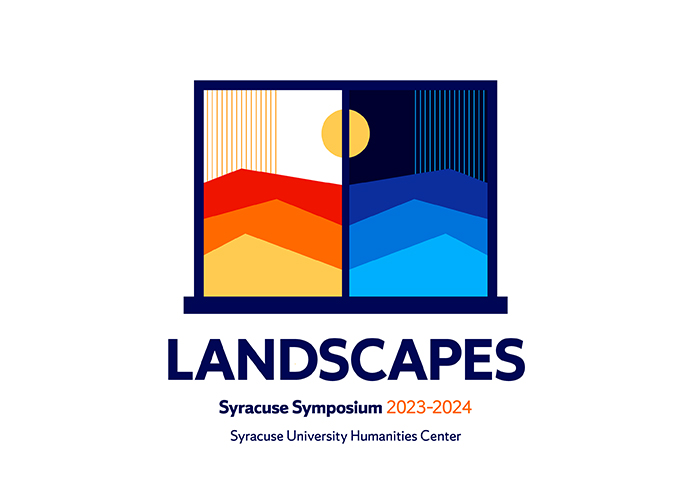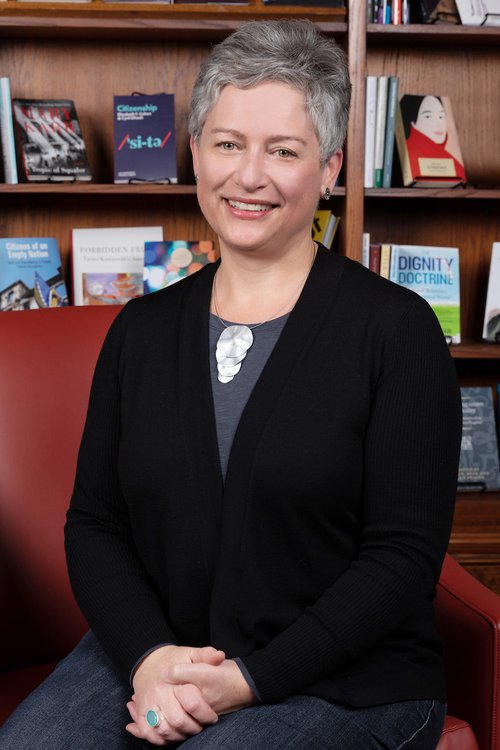100 Black Men of Syracuse and Syracuse Stage Present ‘Citizen James, or the Young Man Without a Country’ by Kyle Bass
Syracuse Stage, in partnership with 100 Black Men of Syracuse, announced that the company’s 2024/25 season will officially begin with “Citizen James, or the Young Man Without a Country”—a powerful and illuminating live world premiere production from resident playwright Kyle…


 This series is core to the center’s mission to advance humanities research, showcase the humanities as a public good, and enhance the scholarly community by bringing people together to confront some of the most pressing issues of our time.
This series is core to the center’s mission to advance humanities research, showcase the humanities as a public good, and enhance the scholarly community by bringing people together to confront some of the most pressing issues of our time.